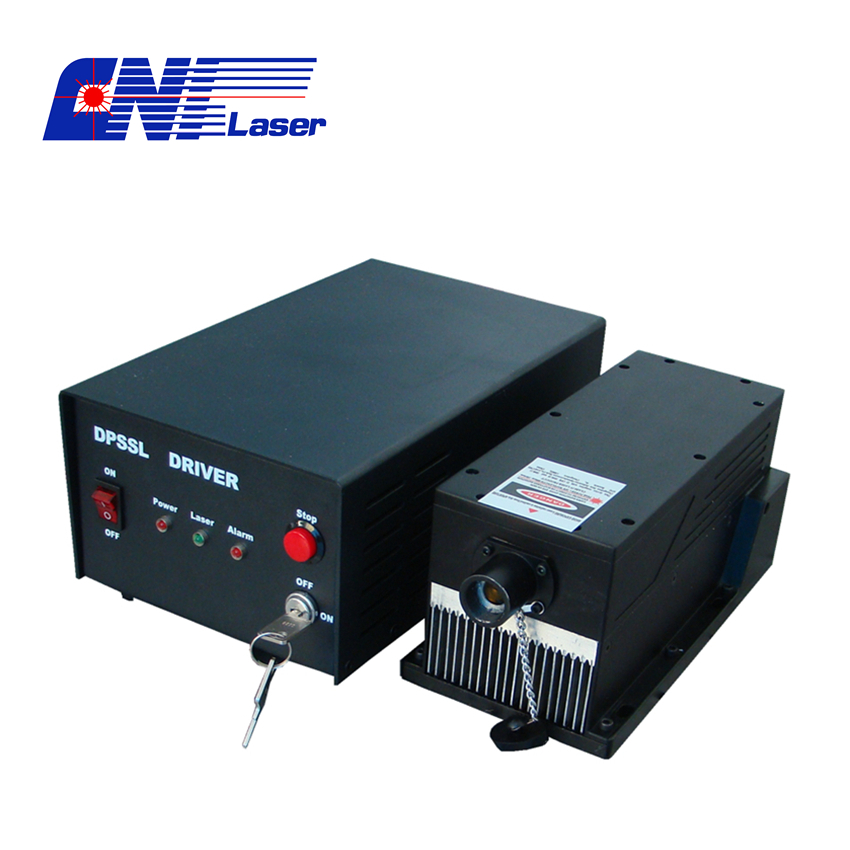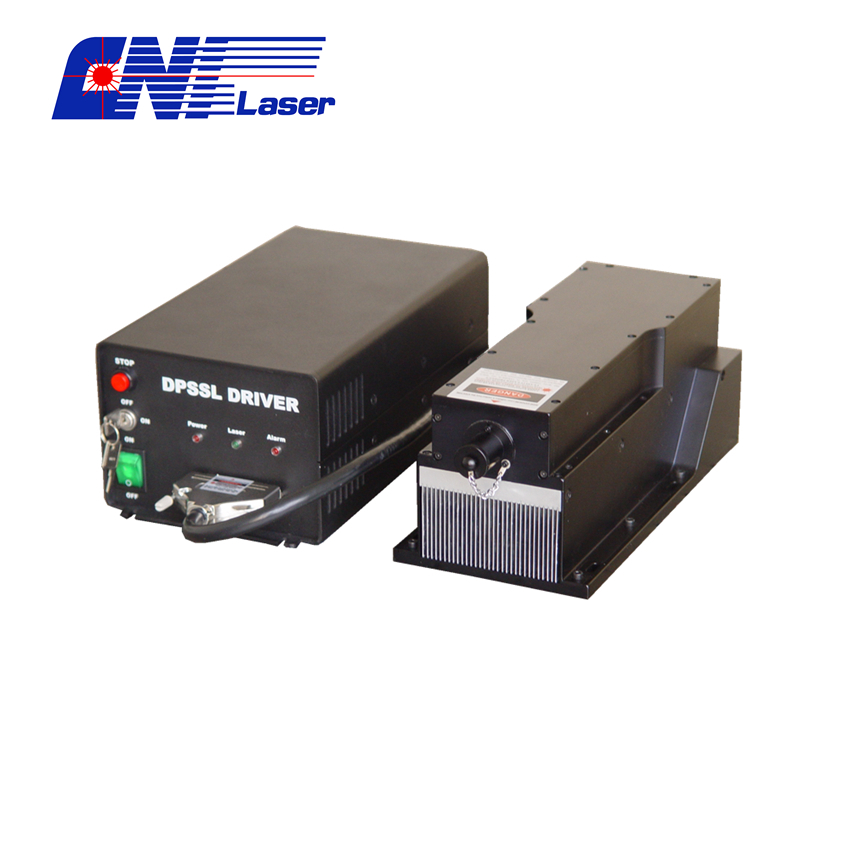The bottom structure of the ore transporting ore
(1) Overview: (1) This bottom structure, underground metal mines in our country which is widely used. It is suitable for mining medium thick and thick ore bodies. (2) Features——1 The ore mined is subjected to the mine roadway from the vertical sluice to the electric shovel. Then the electric shovel is used to carry the ore into the mine-boring well and into the mine car of the transport lane through the funnel gate. 2 The large ore that has slipped down from the mining roadway is secondarily crushed in the electric roadway (and thus called the secondary broken roadway). (3) Classification of the bottom structure of the ore transporting ore - can be divided into three categories: 1 funnel type; 2 sulcus type; 3 flat bottom type; ( 2) Funnel electric bottom structure (1) Applicable conditions: It is applicable to various ore conditions and is widely used. (2) Advantages: the amount of cutting on the bottom is small, and the stability of the bottom column is better. (3) Funnel structure and its size. C = (2.5 ~ 3.5) qualified block rate (for example, qualified block rate = 600mm, C = 1.5 ~ 1.8 meters) b = 1.5 ~ 2.0M, a=(1/2~2/3)B, B——Electric ramp width D——effective ore section 1 The area of ​​the mining area responsible for each funnel: Under normal circumstances, each funnel has a mining area of ​​30 to 50 m 2 and a maximum of more than 50 m 2 . 2 height of the bottom column: 8 to 15 meters a) from the transport level to the (floor) power consumption floor floor height of 3 to 16 meters; b) 5 to 9 meters from the bottom of the electric ramp to the horizontal bottom of the bottom; 3 funnel spacing: generally 5 to 7 meters; 4 The distance between the center line of the electric ramp and the center line of the funnel neck is 3.5 to 4.0 meters; 5 funnel slope angle is generally 45 ° ~ 55 °; 7 Funnel neck width C = (2.5 ~ 3.0) qualified block. 8 Funnel neck height - Depending on the stability of the ore, the height of the funnel neck should be minimized if the stability requirements are met. Generally 1.5 to 2.0 meters 9 Funnel shape - square and round. For a self-reproducing mine, what shape is the funnel, and slip has no essential effect. 10 The bottom column accounts for 16-20% of the total ore. Determination of the size of the funnel neck: It is mainly determined according to the ore block size determined by each mine. The medium and small ore is generally about 400mm; the large ore is generally about 400mm, depending on the size of the mine car. Practice has proved that there are three ores that block the funnel neck more likely, and the possibility of blocking four ores is relatively small. This gives a C = (2.5 ~ 3.0) acceptable block. Mine management personnel should always measure the ore blockiness. Check if the ore blockiness is satisfactory. In order to reduce the clogging of the funnel, some mines have a half-neck section of 2.5 x 2 or 2.5 x 2.5 m2. It is generally 1.8 x 1.8 or 2 x 2 m2. (4) Arrangement of the funnel (two types) 1) Symmetrical arrangement When the raft is supported by wood or metal brackets, the symmetrical arrangement is beneficial to the bismuth ore, and the hoe can be straight and smooth, and the support is less difficult. 2) Staggered arrangement - This arrangement allows the funnel to be evenly arranged, with a small amount of ore remaining in the upper portion of the funnel ridge, which is beneficial for the recovery of ore. The stability of the stability of the bottom column is relatively small. Better security (2 people) In addition, since the funnels are staggered on the electric ramp, the height of the pile is low, which is convenient for the bucket to operate, and the failure of the mine to block the ramp is not easy to occur. Therefore, staggered arrangement is generally adopted in production. However, when using ramp support, it is not advisable to use staggered arrangements. Because the support of the ramp and the Dokcheon mouth is difficult, and the piles staggered in the ramps make the electric raft run into a curve, it is easy to pull the bracket down.
Infrared lasers include DPSS (diode-pumped solid-state) Laser and Diode Laser . They are widely use in Laser Marking , track detection, holography and so on.Floowing wavelength are available for Infrared Laser :
â—†Diode-pumped All Solid-state Infrared Laser
1573 nm 1645 nm 1910 nm 1940 nm 2096 nm 2796 nm 2940 nm 3800 nm 3900-4500 nm
â—†Diode Infrared Laser
965 nm 975 nm 980 nm 1060 nm 1120 nm 1208 nm 1275 nm 1310 nm 1320 nm 1380 nm 1450 nm 1470 nm 1532 nm 1550 nm 1600 nm
1710 nm 1850 nm 1870 nm 1900 nm 2200 nm
IR Laser IR Laser,Infrared Laser,Mid-Infrared Laser,Ultra Compact IR Laser Changchun New Industries Optoelectronics Technology Co., Ltd. , https://www.lasersciences.com


![]() 6 It is required that the relative positional relationship between the funnel neck and the electric raft is designed to be a natural slope formed by the falling ore, which can occupy 1/2 to 2/3 of the width of the electric tunnel. That is, a = (1/2 ~ 2 / 3) B, which is advantageous for the wide tapping of the electric ramp.
6 It is required that the relative positional relationship between the funnel neck and the electric raft is designed to be a natural slope formed by the falling ore, which can occupy 1/2 to 2/3 of the width of the electric tunnel. That is, a = (1/2 ~ 2 / 3) B, which is advantageous for the wide tapping of the electric ramp. 


914 nm 946 nm 990 nm 1030nm 1040 nm 1047 nm 1064 nm 1105 nm 1112 nm 1177 nm 1313 nm 1319 nm 1342 nm 1413 nm 1444 nm
760 nm 785 nm 786 nm 793 nm 800 nm 808 nm 825 nm 830 nm 845 nm 852 nm 860 nm 879 nm 880 nm 885 nm 905 nm 915 nm 940 nm

